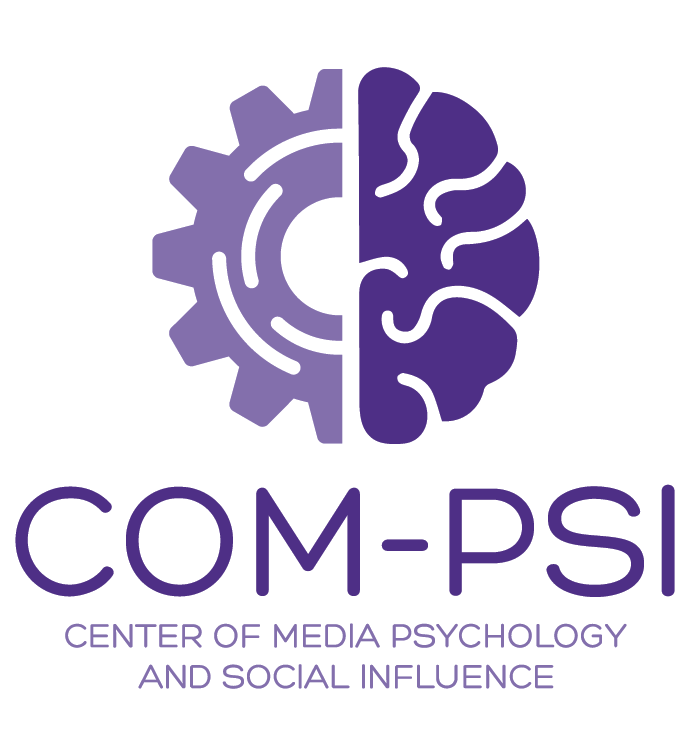The Center of Media Psychology & Social Influence
Welcome to the Center of Media Psychology & Social Influence (COM-PSI). COM-PSI operates at the intersection of communication, psychology, sociology, and health sciences. The Center houses students from the Media, Technology, & Society program within the School of Communication.
As scholars, we draw upon theories of media, communication, psychology, and social influence to design, test, and evaluate communication interventions to identify strategies that improve behavioral and psychosocial outcomes.
As lifelong students of communication, we hone our skills in research design and scholarly critique through discourse and debate, in pursuit of a deeper understanding of the work we do.

Our Mission
Welcome to the Center of Media Psychology & Social Influence (COM-PSI). COM-PSI operates at the intersection of communication, psychology, sociology, and health. The ubiquity of media in our lives brings considerable opportunities as well as significant challenges. The current media landscape provides individuals with an unprecedented ability to seek, receive, and impart information. While this information-rich environment can empower, facilitate support, and complement offline relationships, the deluge of false and misleading information on social media platforms constitutes a global risk. Likewise, with greater media choice, inadvertent and non-ideological audience segments tend to gravitate toward entertainment content, resulting in a more polarized and politically misinformed electorate.
Yet, despite the tendency to see popular content as unedifying, entertainment can often go a long way in informing people and reducing disparities. Thus, to the extent that media have become so ubiquitous and immersive, but also terribly distracting and polarizing, there is a pertinent need to understand the psychology behind our relationship with it. These tensions are at the heart of COM-PSI, which explores the emotional, cognitive, and metacognitive processes that underlie media selection and the effects of exposure on behavior and decision-making.
At the most basic level, our research boils down to one simple question: How can we augment the influence of “good information” and attenuate the influence of “bad information?”